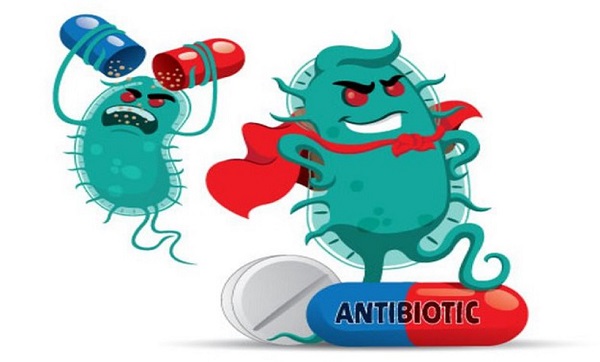
With antimicrobial resistance (AMR) posing an escalating global threat, experts at the fourth session of the “Gamechangers-II” policy webinar series have raised renewed concerns and spotlighted innovative data-driven solutions.
The webinar, held on Tuesday and hosted by the International Vaccine Institute (IVI) and the RADAAR Project, showcased cutting-edge data tools designed to empower low- and middle-income countries (LMICs) in their efforts to tackle AMR.
Themed “Leveraging Strategic Insights from the Global AMR R&D Hub: Empowering the Fight Against AMR Through Data,” the session featured insights from director of the global AMR R&D hub secretariat, Dr. Lesley Ogilvie and a consultant at IVI’s Europe regional office, Dr. Catherine Fleck-Vidal.
Ogilvie presented the Global AMR R&D Hub’s dynamic dashboard, an interactive tool mapping global investments in more than 17,000 AMR research projects, amounting to nearly $16 billion since 2017. She explained that the dashboard allows policymakers and funders to visualise funding gaps, monitor research progress and assess policy incentives across the One Health spectrum – human, animal and environmental health.
“Therapeutics receive three times more funding than diagnostics and vaccines,” Ogilvie noted. “However, there is growing momentum around cross-sectoral and vaccine-related investments, especially tailored to the needs of LMICs.”
Fleck-Vidal presented a case study highlighting a striking funding imbalance in AMR vaccine investments. According to her, just two pathogens – Streptococcus pneumoniae and Mycobacterium tuberculosis – accounted for the majority of the $4.5 billion invested globally in human bacterial vaccines from 2007 to 2024.
“Less than 20 percent of this funding reached the Global South,” she said. “India alone received nearly 70 percent of all LMIC vaccine funding due to strong domestic investments. Other countries like Kenya, Gambia, Uganda and Zambia benefited primarily through philanthropic and development partnerships.”
Fleck-Vidal underscored the need for greater transparency in how funding flows to LMICs, highlighting the challenge of tracking end recipients. She also emphasised the long-term value of vaccines, which offer more sustainable AMR protection compared to antibiotics that gradually lose their effectiveness.
Despite notable advances, the speakers acknowledged ongoing challenges. These include difficulties in capturing data on downstream recipients of funding and a persistent underinvestment in behavioural and implementation research, particularly in LMIC contexts.
The AMR Hub’s work has already shaped key global policy outputs, including G7 and G20 AMR discussions, and continues to inform national strategies in countries like Germany, The Netherlands and Canada. New tools, such as a social sciences dashboard and LMIC-focused training modules, are currently in development to expand the reach of data-driven policy making.
Meanwhile, the principal investigator and policy and advocacy lead for the RADAAR Project, Satyajit Sarkar reaffirmed the initiative’s commitment to strengthening local capacity and fostering data use at the community level.
Sarkar announced a series of upcoming webinars focusing on antibiotic stewardship, animal biosecurity and a special session in August with WHO and the Global Polio Eradication Initiative. The session will explore how data has influenced 25 years of global vaccine policy.
According to Science Nigeria, AMR refers to the ability of bacteria and other microbes to resist the effects of drugs, making infections harder to treat. It represents a growing global health and development threat, driven by the misuse and overuse of antibiotics in humans, animals and agriculture.
As the threat of AMR looms larger, webinar organisers concluded that the time to act is now – and that data and evidence remain the most powerful tools in the global response.

